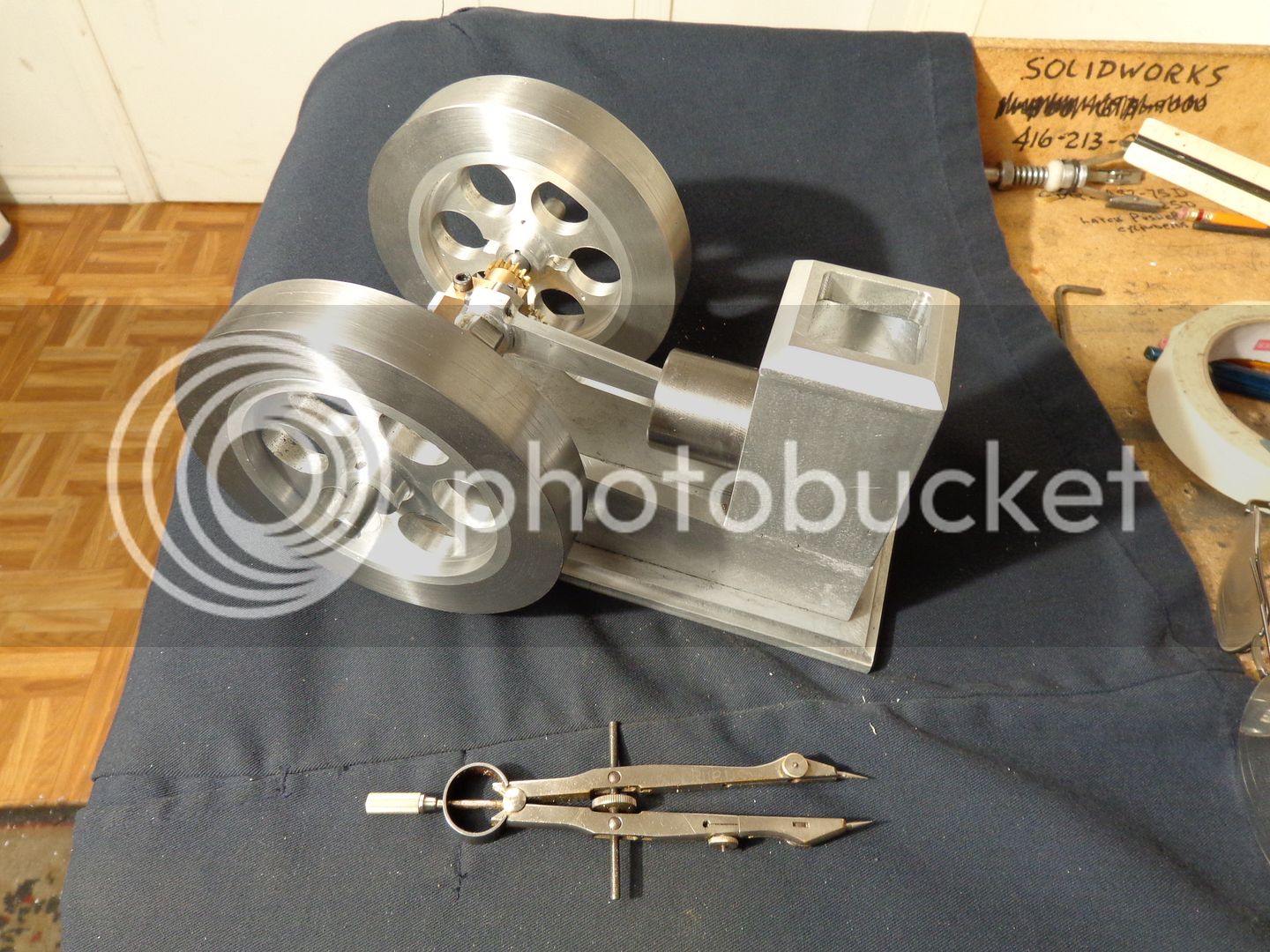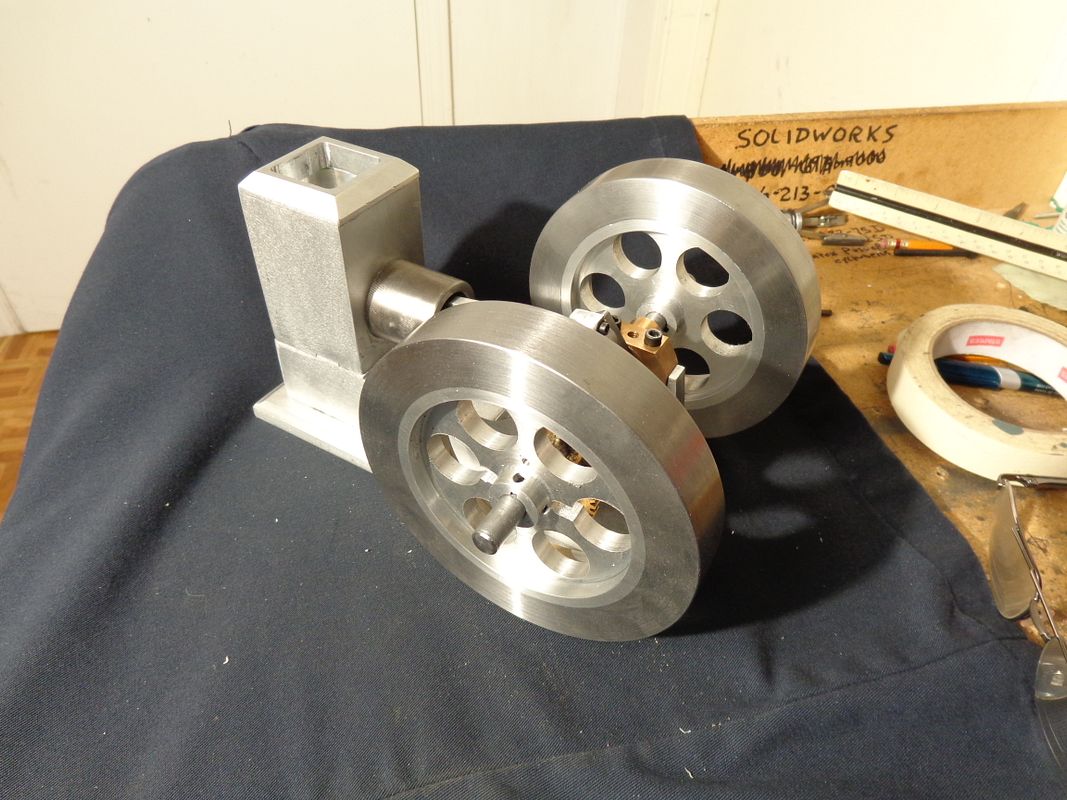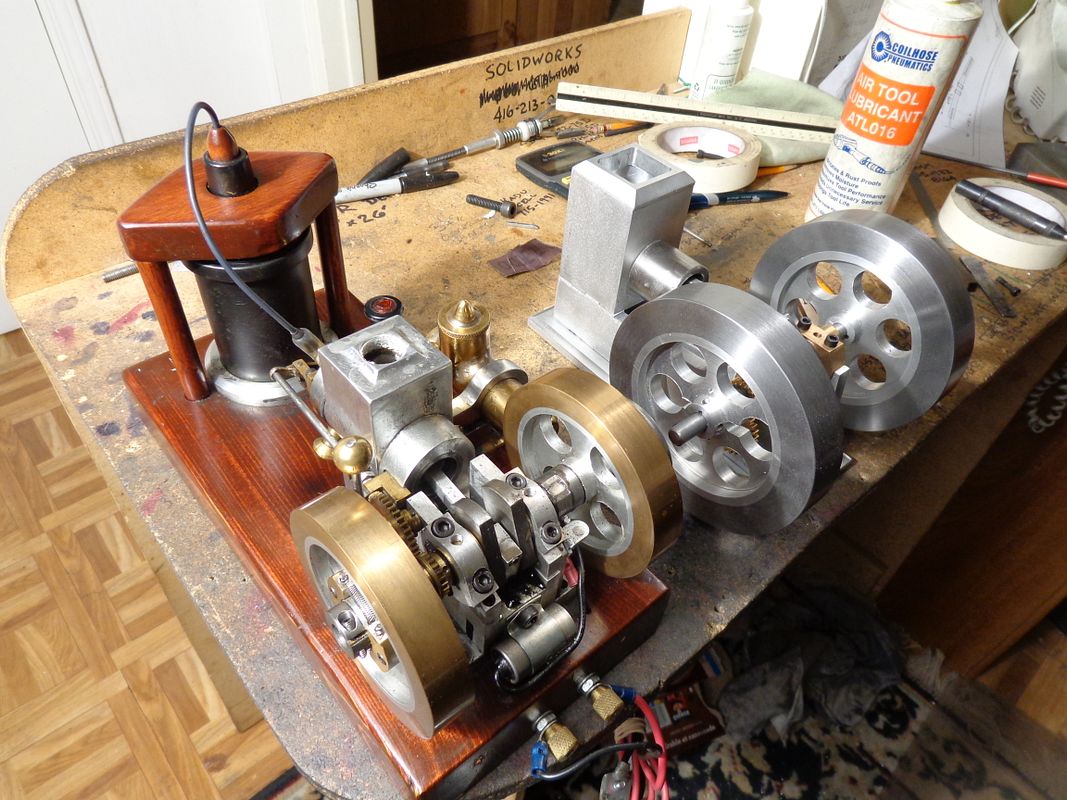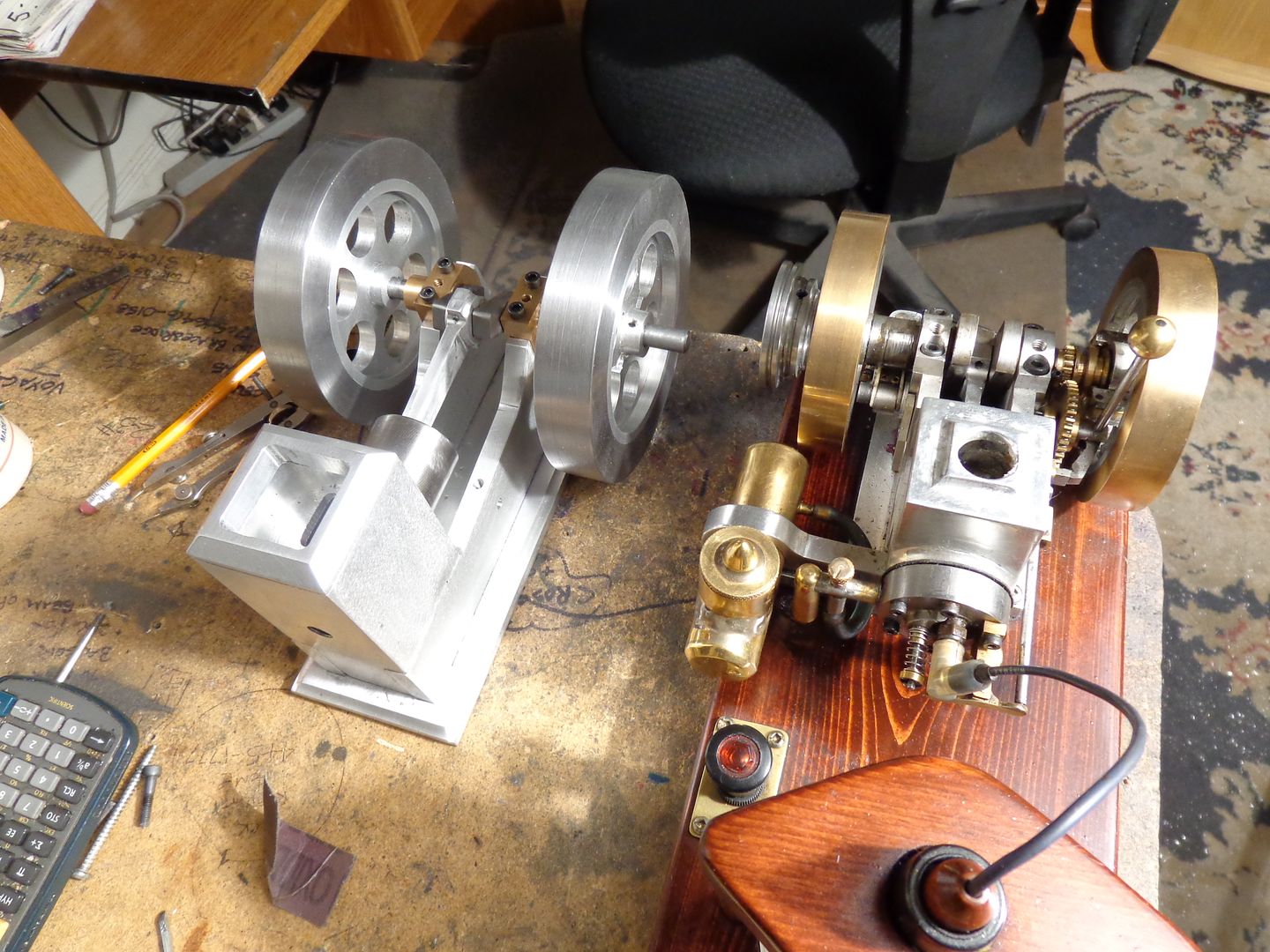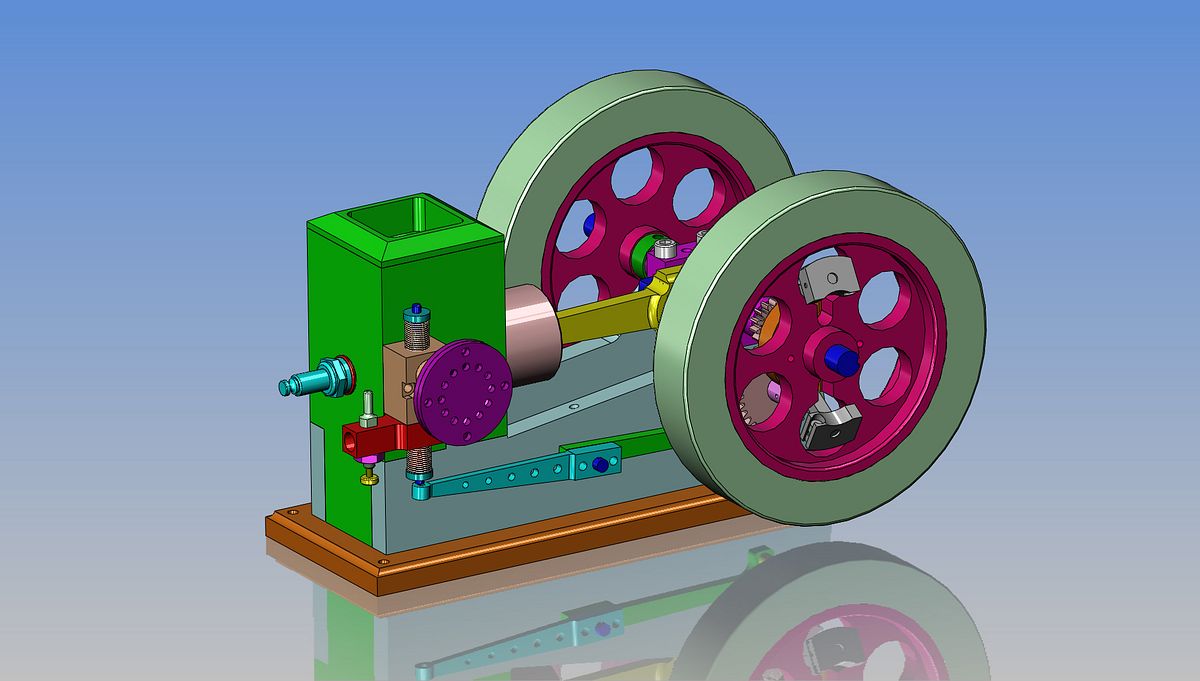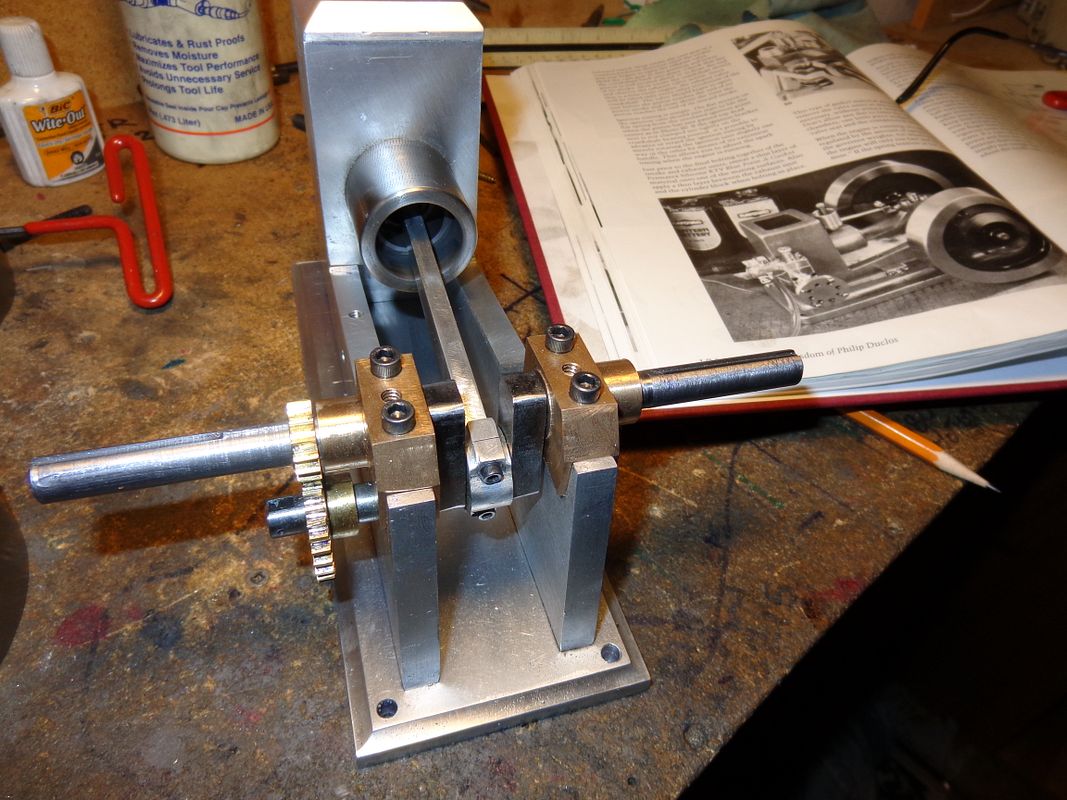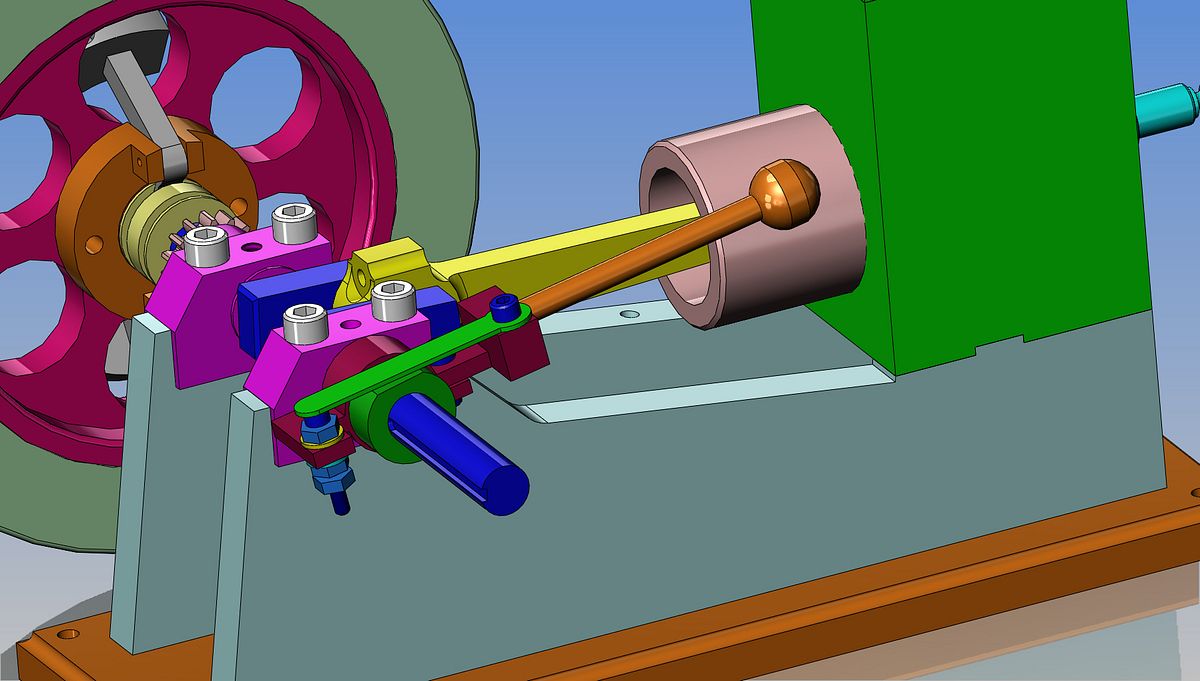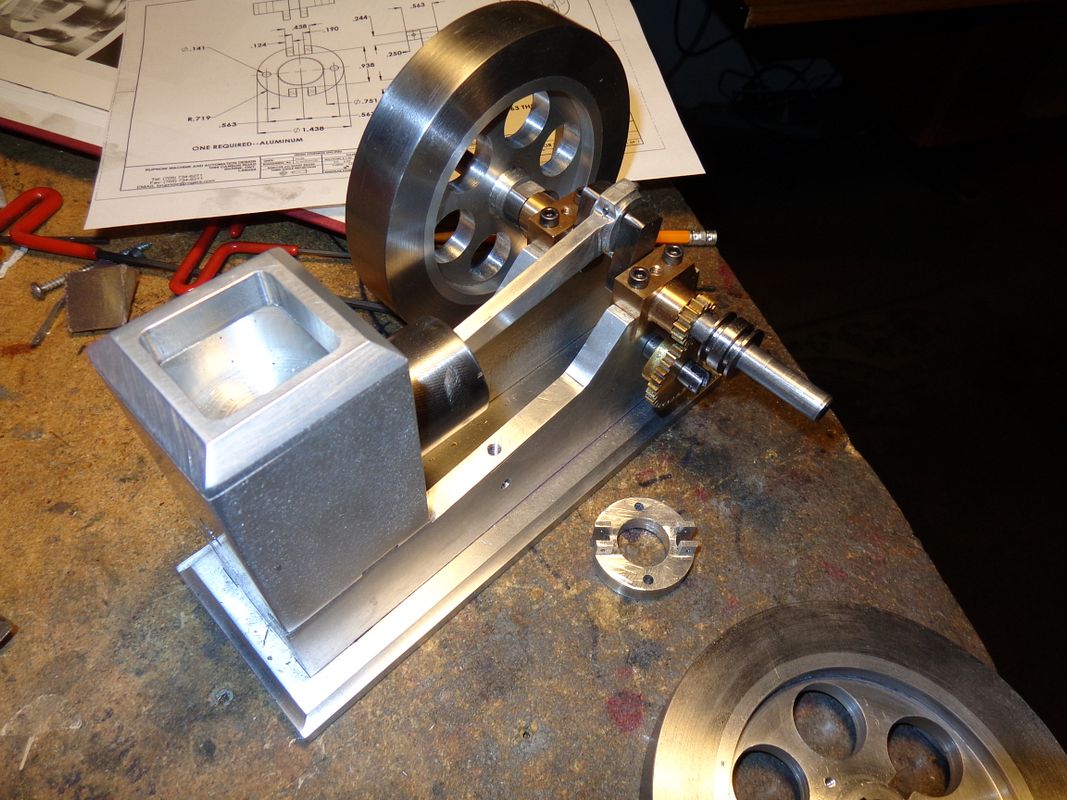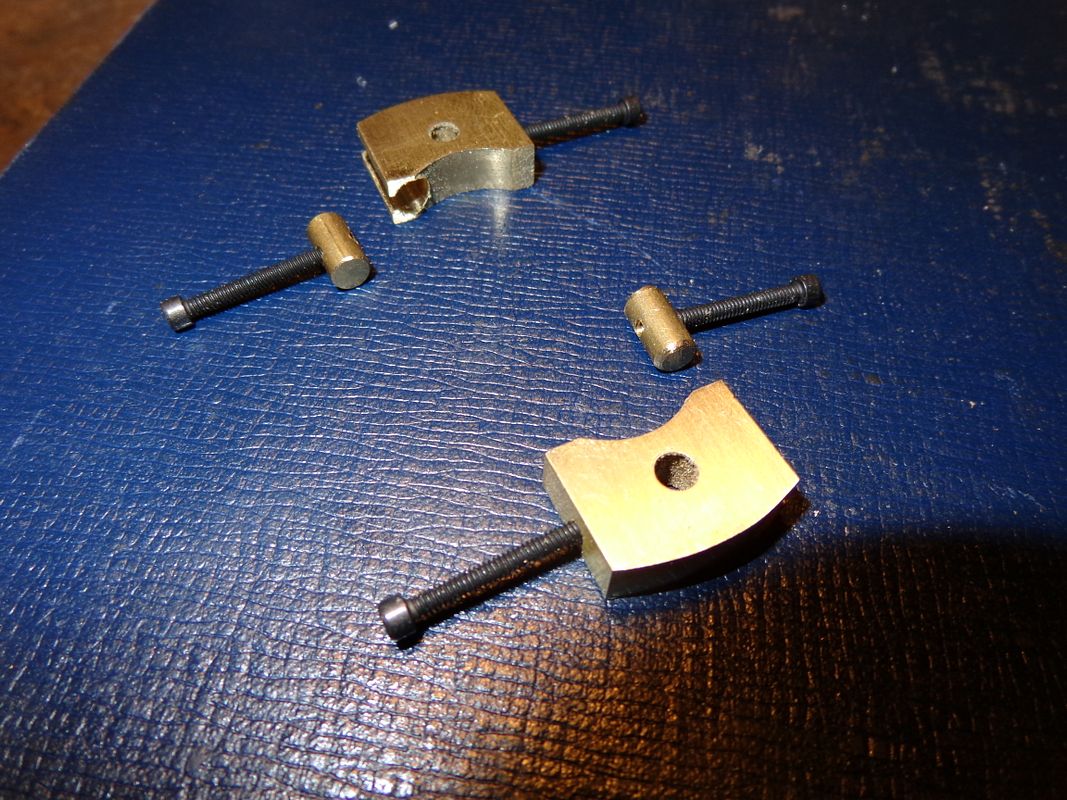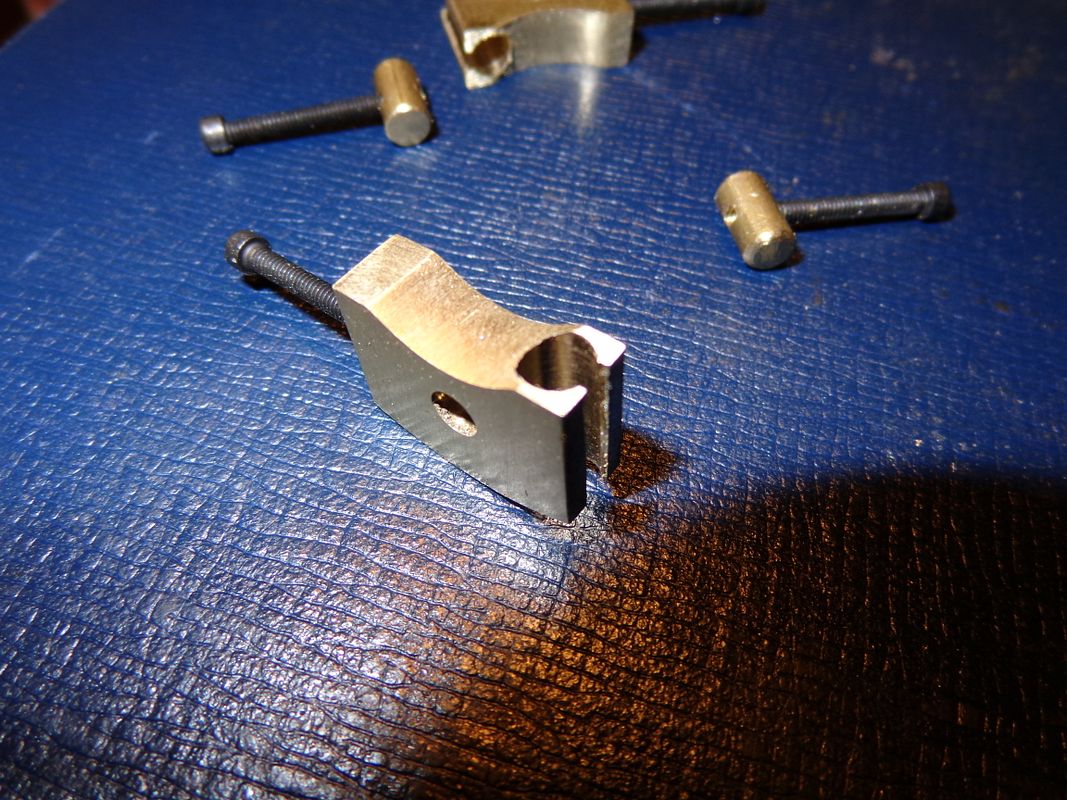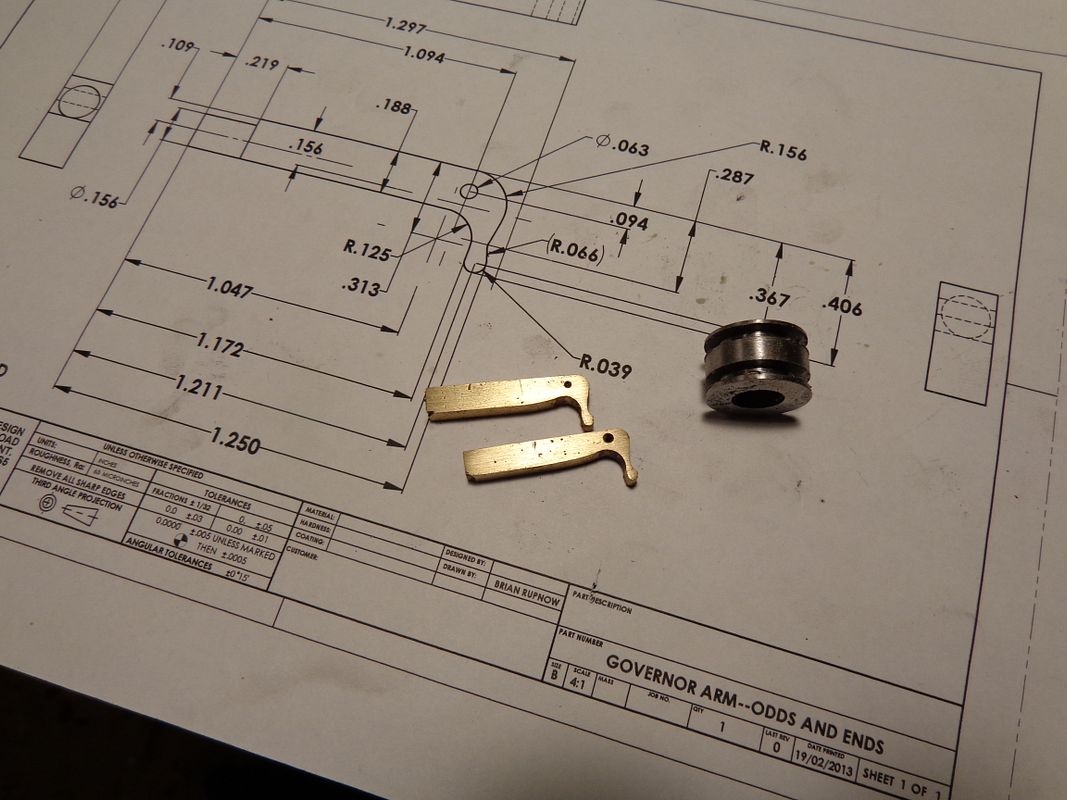jixxerbill
Well-Known Member
- Joined
- Jan 11, 2013
- Messages
- 114
- Reaction score
- 24
Keep up the great work Steve!! Looking better all the time... I want to build one of these in the worst kind of way but im going to wait till i see how difficult the centrifugal thing is that keeps the valve/valves open before I lose all hopes that I could ever build one...lol...Great work ...Bill







